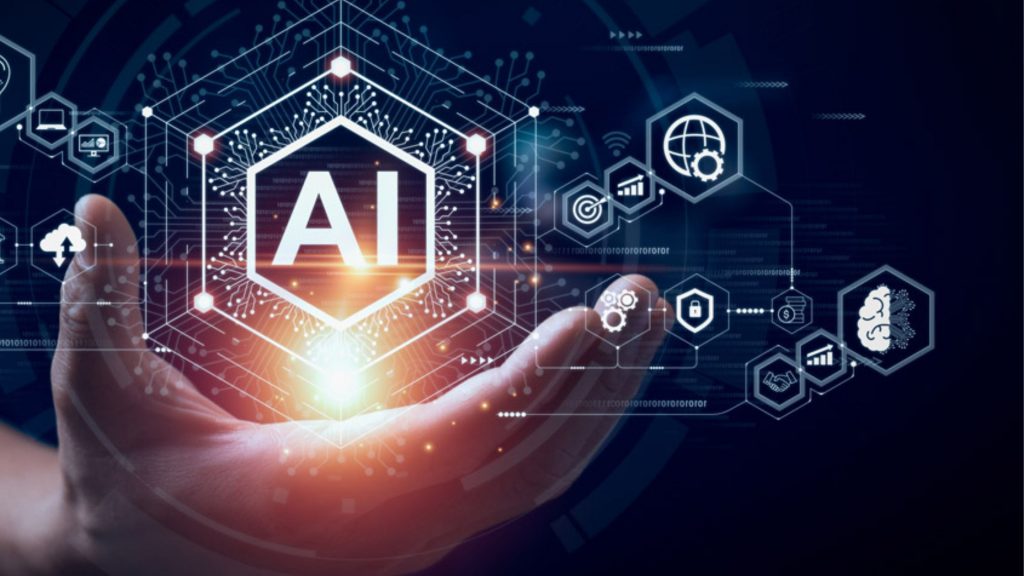
Let’s be honest—when ChatGPT burst onto the scene, many of us in education started fielding anxious questions from students and parents alike. If a computer can write code, analyze data, and even compose poetry, what’s left for our students? Having spent over four decades working with global educationists, I can tell you this: while AI is incredibly powerful, it’s missing something crucial—the human element.
That’s where liberal arts education comes in, and it’s not what you might think.
Beyond the Stereotypes
When people hear “liberal arts,” they often picture obscure philosophy books and debates about 18th-century literature. But in my years of curriculum development across universities, I’ve seen liberal arts education become so much more dynamic. It’s about connecting the dots between different fields—imagine studying literature alongside artificial intelligence, or combining history with business strategy. This interdisciplinary approach creates graduates who can think outside the box and adapt to whatever the future throws at them.
The STEAM Revolution
You’ve probably heard of STEM education, but the smart choice now is STEAM—adding ARTS to Science, Technology, Engineering, and Math. In my interactions with industry leaders across India, I’ve observed a clear shift. In our AI-driven world, technical skills alone aren’t enough. You need people who can communicate complex ideas clearly, make ethical decisions about technology, and bring creative solutions to the table. That’s exactly what liberal arts inculcates.
Skills That Actually Matter
While AI excels at crunching numbers and following patterns, it struggles with the messy, complex problems that define real life. In my experience mentoring students, I’ve seen how liberal arts graduates develop the critical thinking skills to question AI-generated information, spot algorithmic biases, and navigate ethical gray areas. These aren’t just “soft skills”—they’re the skills that keep humans irreplaceable.
Think about it: when a company is deciding whether to implement a new AI system, they don’t just need someone who can code it. They need someone who can ask the right questions about privacy, fairness, and long-term consequences. They need someone who can explain the implications to stakeholders and help the team think through unintended consequences.
Getting Real-World Ready
Today’s liberal arts programmes aren’t stuck in ivory towers. They’re incorporating hands-on learning, internships, and real-world projects from day one. Students might work with local NGOs to analyze community needs, collaborate with tech companies on ethical AI development, or create digital media campaigns for social causes.
These programmes also embrace technology rather than fear it. Students learn digital literacy, engage with data science, and explore how technology intersects with human behavior and society. It’s not about replacing technology—it’s about understanding how to work alongside it effectively.
The Bottom Line
As AI automates more routine tasks, the jobs that remain will require uniquely human capabilities: creativity, empathy, ethical reasoning, and the ability to synthesize information across disciplines. Liberal arts education develops exactly these skills.
The future belongs to people who can bridge worlds—who understand both technology and humanity, who can innovate while considering consequences, and who can communicate complex ideas to diverse audiences. That sounds exactly like what a modern liberal arts education delivers.
So while everyone else is worried about AI taking over, liberal arts graduates are positioned to be the ones guiding that future—making sure technology serves humanity, not the other way around.
